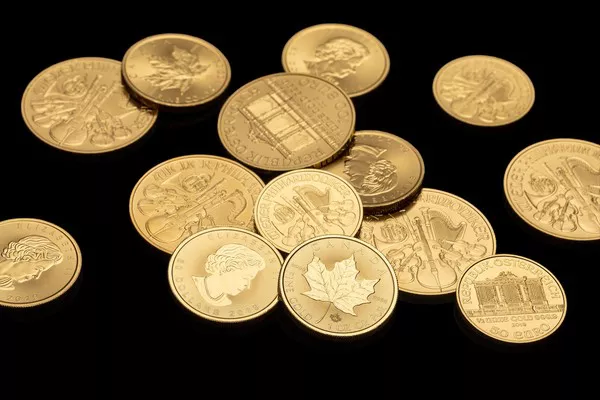The precious metals market has long been a bastion of stability and security for investors seeking to diversify their portfolios and protect their wealth. However, recent times have witnessed a notable decline in the prices of gold and silver, leaving many market participants perplexed. This article aims to shed light on the multifaceted factors contributing to the downward trajectory of gold and silver prices, examining economic, geopolitical, and market-specific dynamics that have played a pivotal role in this trend.
Economic Recovery and Inflationary Pressures
One of the primary drivers behind the decline in gold and silver prices can be attributed to the global economic recovery that followed the unprecedented challenges posed by the COVID-19 pandemic. As economies rebounded and regained momentum, investors’ risk appetite shifted towards more growth-oriented assets such as equities. The allure of higher returns in the equities market, coupled with increased optimism about economic prospects, led to a redirection of investment away from precious metals.
Furthermore, the prospect of rising interest rates due to inflationary pressures influenced investor sentiment. Central banks around the world implemented accommodative monetary policies and stimulus measures to counter the economic fallout from the pandemic, contributing to increased concerns about inflation. As a hedge against inflation, gold and silver had surged in value during periods of economic uncertainty. However, as economies gained traction and inflation was perceived as transitory, the urgency to hold precious metals waned, causing their prices to retreat.
US Dollar Strength and Currency Fluctuations
The relationship between precious metal prices and the US dollar’s performance is well-documented. A strengthening US dollar typically exerts downward pressure on gold and silver prices. In recent times, the US dollar has demonstrated resilience, buoyed by positive economic data and the Federal Reserve’s gradual tapering of its asset purchase program. The relative strength of the dollar diminished the appeal of gold and silver as alternative stores of value.
Moreover, fluctuations in other major currencies also contributed to the decline in precious metal prices. As the dollar rose against other currencies, international investors faced increased costs when purchasing gold and silver, impacting demand. The negative correlation between currency movements and precious metal prices added to the downward pressure on the market.
Risk-On Sentiment and Investment Trends
The prevailing risk-on sentiment among investors played a pivotal role in diverting capital away from precious metals. With optimism surrounding economic recovery, many market participants embraced riskier assets in pursuit of higher returns. This shift in investment preference favored assets like stocks and cryptocurrencies, leaving precious metals relatively less attractive.
The rise of alternative investments, notably cryptocurrencies, also siphoned off funds from the precious metals market. The rapid growth and substantial returns offered by cryptocurrencies attracted a new cohort of investors, diverting attention and resources away from traditional safe-haven assets. The increased prevalence of digital assets in investment portfolios diluted the demand for gold and silver, further contributing to their price decline.
Supply and Demand Dynamics
While the decline in demand has been a significant factor, supply dynamics have also played a role in the downward trajectory of gold and silver prices. Mining activities and production of precious metals experienced disruptions during the pandemic due to lockdowns, labor shortages, and logistical challenges. As economies gradually reopened, mining operations resumed, leading to an increase in the supply of gold and silver. The resultant upward pressure on supply relative to demand contributed to price declines.
Geopolitical Considerations
Geopolitical factors have historically influenced precious metal prices, often acting as catalysts for safe-haven demand. However, recent geopolitical developments have not exerted the same impact on gold and silver prices as witnessed in previous years. With reduced concerns about imminent global conflicts and geopolitical tensions, investors have been less inclined to flock to precious metals as a refuge.
Conclusion
The decline in gold and silver prices is a complex interplay of economic, geopolitical, and market-specific factors. The global economic recovery, inflationary pressures, strength of the US dollar, evolving investment trends, and supply dynamics have collectively contributed to the recent downward trend in precious metal prices. While gold and silver have historically been synonymous with wealth preservation and a hedge against uncertainty, changing market dynamics have challenged their traditional role in investment portfolios. As market conditions continue to evolve, investors must remain vigilant and adaptable to navigate the ever-changing landscape of the precious metals market.


